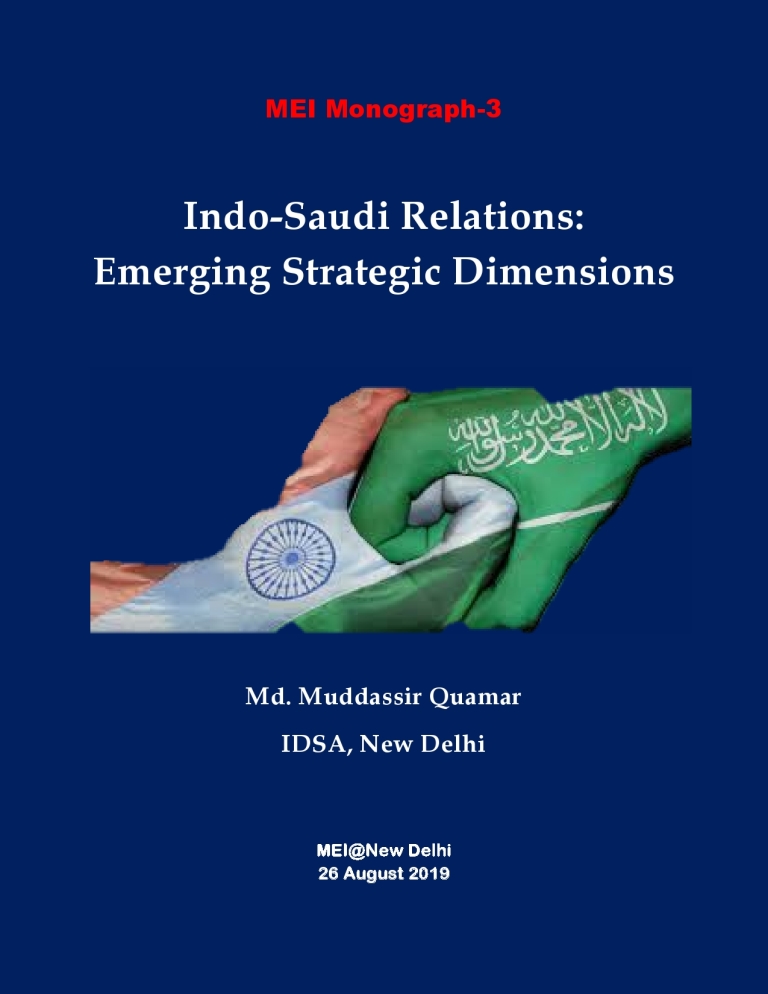Breaking
- MENU
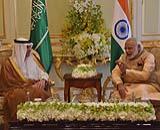
India’s relationship with the Gulf has witnessed a qualitative transformation since the August 2015 visit of Prime Minister Narendra Modi to the United Arab Emirates (UAE). While seeking better relations with all Gulf countries, New Delhi has avoided taking sides in intra-Gulf disputes. This balancing act, between Riyadh and Tehran on the one hand and Riyadh-Abu Dhabi-Manama and Doha on the other, has helped India secure its core interests in the region. While not losing sight of its relations with important regional countries including Iran, Oman and Qatar, New Delhi has focused on two key countries, namely Saudi Arabia and the UAE, as part of its Gulf policy. This seemingly difficult diplomatic objective could be achieved only through proactive political engagement at the highest level.
Prime Minister Modi has undertaken four visits to this important region, including to Saudi Arabia (April 2016), Iran (May 2016), Qatar (June 2016) and Oman and the UAE (February 2018) since his first visit to the UAE. External Affairs Minister Sushma Swaraj has made nine trips to the Gulf capitals in the last five years. In addition, several visits of his cabinet colleagues, Ministers of State and the National Security Advisor have taken place to the Gulf States. Likewise, New Delhi has hosted key Gulf leaders including the Crown Prince of Abu Dhabi, Mohammed Bin-Zayed Al-Nahyan (February 2016 and January 2017), Crown Prince of Saudi Arabia Mohammed Bin-Salman Al-Saud (February 2019), Emir of Qatar Tamim Bin-Hamad Al-Thani (March 2015) and President Hassan Rouhani of Iran (February 2018).
Simultaneously, numerous important visitors from the Gulf have come to New Delhi in the last five years. Further, Foreign Ministers of Oman (June 2014 and April 2017), Bahrain (February 2015), Iran (August 2015, May 2018 and January 2019), UAE (September 2015 and June 2018), Saudi Arabia (March 2016) and Qatar (August 2017) have visited India to discuss issues of mutual importance. The prime minister has also engaged with the Saudi leadership at G20 meetings to discuss important regional and bilateral issues.
While helping India maintain its balancing act, the proactive engagements have created a new synergy in Indo-Gulf relations, especially in the fields of trade & investment and security & defence. Bilateral trade has been traditionally a strong aspect of Indo-Gulf ties. Nearly 18 per cent of India’s global trade comes from the Gulf, and the UAE and Saudi Arabia are among its top five trading partners. India imports nearly 60 per cent of its hydrocarbon requirements from the region. Over 8 million Indians live and work in the six Gulf Cooperation Council (GCC) countries and send more than US$30 billion in remittances annually. Though trade and energy remains the anchor of bilateral ties with the Gulf, increasing flow of foreign direct investments (FDI) has added a new dimension to the commercial relations. Since 2015, FDI from Arab Gulf States, especially from the UAE and Saudi Arabia, has witnessed a significant rise. In four years, between January 2015 and December 2018, India received US$3.13 billion FDI from UAE, while it received US$160 million FDI from Saudi Arabia.
Both Abu Dhabi and Riyadh have responded to New Delhi’s pitch for attracting greater foreign investments in key infrastructure and development projects. During his visit to India in February 2019, Crown Prince Bin-Salman underlined that since 2016, Saudi Arabia has invested US$44 billion in India’s petrochemicals and refinery sector and promised that in the next two years, Saudi investments will reach US$100 billion. India and Saudi Arabia also signed a framework agreement to explore possibilities for Saudi investment in India’s National Infrastructure and Investment Fund (NIIF). Similarly, in October 2017, the Abu Dhabi Investment Authority (ADIA) became the first foreign entity to commit an investment of US$1 billion in the NIIF.
Another highlight of growing confidence of Saudi and Emirati investors in the Indian market was the signing of the US$44 billion deal between Abu Dhabi National Oil Company (ADNOC), Saudi national oil company Aramco and a consortium of three Indian oil companies to develop a refinery and petrochemical plant in India’s western coastal region . Though land acquisition for the proposed Ratnagiri Refinery and Petrochemicals Limited (RRPCL) has run into trouble due to protests from local farmers, the coming together of ADNOC and Aramco with Indian companies shows the growing confidence of the Gulf States to invest in India’s downstream petroleum sector.
India has also received commitments from Gulf oil companies to help it enhance its strategic petroleum reserves (SPRs). As of 2017, India had only 5.33 million metric tons (MMT) of oil reserve capacity that could provide for 10 days of its total oil consumption. India plans to expand its SPRs to 30 days of consumption capacity to which both ADNOC and Aramco have committed to assist India. Significantly, in February 2018, the ONGC Videsh acquired a 10 per cent stake in UAE’s Lower Zakum oil field for US$600 million. In addition to the refinery and petrochemical sectors, Gulf countries are also attracted to infrastructure, Information Technology (IT), agriculture and healthcare sectors in India. The increasing investments are not only a result of better political relations, but also a recognition India’s economic potential as the fastest growing and expanding market in the world. At the same time, it underlines the desire of the Gulf countries to diversify their investments to Asia in view of the stagnating markets in the West.
Security and defence is another area in which India and the Gulf countries have significantly expanded their cooperation, most importantly in counter-terrorism, combating radicalism and intelligence sharing. India and the Gulf countries recognize their vulnerabilities against terrorist threats emanating from South and West Asia. The common threats from global terrorist groups, such as Islamic State of Iraq and Syria (ISIS) and al-Qaeda, have led India and Gulf countries to establish real-time intelligence sharing and counter-terrorism mechanisms. It helped in detention of many Indian youths, who had been radicalized through online mediums and wanted to join the ISIS. Some were detained by authorities in the Gulf and were deported back to India. Many others who were part of terror financing networks operating in the Gulf countries have also been detained and deported. On its part, India has been forthcoming in offering its expertise for capacity building and training of security forces in Gulf countries in counter-terrorism.
On the other hand, India has sought support from the Gulf countries in its fight against terrorism emanating from Pakistan. India first recognized the need for seeking cooperation from Gulf countries after the November 2008 attacks in Mumbai. New Delhi reached out to the UAE and Saudi Arabia that responded positively by handing over several Indian fugitives involved in planning and financing of terrorist activities in India. It included one of the masterminds of the Mumbai attacks, Fasih Mohammed, who was extradited to India from Saudi Arabia in 2012. Flagging of cross-border terrorism in bilateral talks with Gulf countries has resulted in Riyadh, Abu Dhabi, Doha and others condemning terrorist attacks by Pakistan-based terrorist groups on military installations in Jammu & Kashmir (J&K); a serious departure from the past when the Arab Gulf countries supported Pakistani position on J&K. This new dynamics became increasingly clear in the aftermath of the Pulwama attack, perpetrated by Jaish-e-Mohammed (JeM) on a CRPF convoy in which 40 soldiers lost their lives.
India has been working on enhancing defence cooperation with countries such as the UAE, Saudi Arabia and Oman. New Delhi has agreed to expand defence cooperation with these countries in the fields of exchange of expertise and training, joint air, naval and land exercises, collaboration in joint defence production, maritime security and in the areas of space, science and technology, remote sensing, satellite communication and navigation. In May 2016, then Defence Minister Manohar Parrikar became the first Indian Minister to visit the UAE and Oman and discussed the possibilities for joint defence manufacturing and Indian military exports to UAE. During Modi’s visit to Oman in February 2018, India and Oman agreed to allow access to Indian naval ships to the strategically located Duqm port. Similarly, during the visit of Bin-Salman to New Delhi in February 2019, “the two sides agreed to constitute a ‘Comprehensive Security Dialogue’ at the level of National Security Advisors and set up a Joint Working Group on Counter-Terrorism.” Moreover, India has allocated five seats for Saudi military officers in the National Defence Academy, Pune and the first batch of Saudi cadets joined the three-year training programme in December 2017.
Recent developments underline a new confidence in India’s relations with the Gulf. On both sides, there is recognition of the immense potential to strengthen bilateral ties with a focus on economic development and security cooperation. India understands the significance of investments from the Gulf and seeks to expand defence cooperation with the key regional players. On the other hand, the Gulf countries appreciate India’s growing global stature and strong economic credentials, and hence seek proximity with New Delhi. An important development underlining the growing synergy between India and the Gulf was the invitation to India to be the “Guest of Honour” in the 46th Council of Foreign Ministers meeting of the Organization of Islamic Cooperation (OIC) on March 1, 2019.
Note: This article was originally published in Science Technology and Security forum on 20 April 2020 and has been reproduced with the permission of the author. Web Link
As part of its editorial policy, the MEI@ND standardizes spelling and date formats to make the text uniformly accessible and stylistically consistent. The views expressed here are those of the author and do not necessarily reflect the views/positions of the MEI@ND. Editor, MEI@ND: P R Kumaraswamy
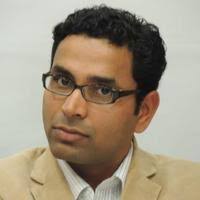
Md. Muddassir Quamar is an Associate Fellow in Manohar Parrikar Institute for Defence Studies and Analyses, New Delhi. He holds a Ph.D. in Middle East studies from Jawaharlal Nehru University and his doctoral thesis focused on social dynamics in Saudi Arabia in the context of the tensions between two seemingly non-harmonious trends; Islamization and modernization. He has a broader interest in Gulf societies, political Islam, Middle East geopolitics and India’s relations with the Middle East. He has co-authored two books India’s Saudi Policy: Bridge to the Gulf (Palgrave Macmillan, 2019) and Persian Gulf 2019: India’s Relations with the Region (Palgrave Macmillan, 2020). He is currently working on a manuscript on education reforms in Saudi Arabia. He has co-edited four anthologies, including Changing Security Paradigm in West Asia: Regional and International Responses (Knowledge World, 2020), Political Violence in MENA (Knowledge World, 2020), Islamic Movements in the Middle East: Ideologies, Practices and Political Participation (Knowledge World, 2019) and Contemporary Persian Gulf: Essays in Honour of Gulshan Dietl, Girijesh Pant and Prakash C. Jain (Knowledge World, 2015). His research papers have appeared in leading international journals such as Asian Affairs, Strategic Analysis, India Quarterly, Contemporary Arab Affairs, Digest of Middle East Studies, Journal of Arabian Studies and Journal of South Asian and Middle Eastern Studies. As part of his project in MP-IDSA, Dr. Quamar authored a monograph on Erdogan’s Turkey: Politics, Populism and Democratisation Dilemmas. Since 2018, he has served as the Book Review Editor for Strategic Analysis, the flagship journal of MP-IDSA published in association with Taylor & Francis. In May 2020, he edited an MEI Monograph Middle East Fights Covid-19: A Fact Sheet with contributions from students pursuing Masters in IR in JNU. He regularly contributes Op-Ed articles on developments in the Persian Gulf, Middle East and India’s relations with the region for Indian and international forums. In 2014-15, he was a Visiting Fellow at the King Faisal Center for Research and Islamic Studies, Riyadh. Dr. Quamar has been associated with the Middle East Institute, New Delhi, in various capacities since its foundation and serves as Associate Editor of its flagship journal, the Contemporary Review of the Middle East published by Sage, India.
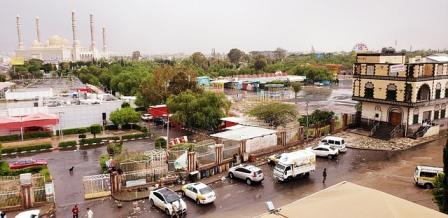
On January 17, 2022, the United Arab Emirates (UAE) was rocked by two attacks after drone attacks ta.....
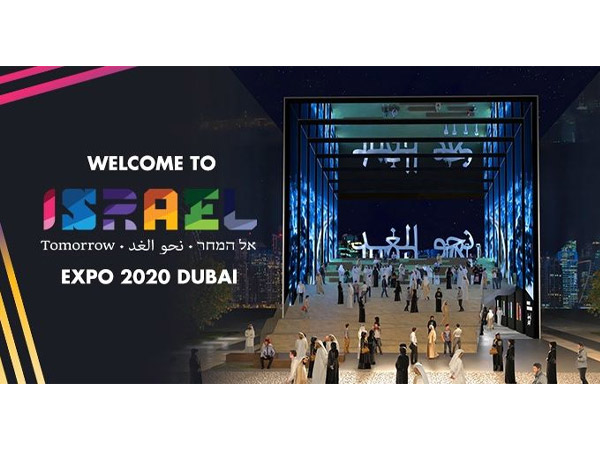
Within a span of just over a year since the announcement of the Abraham Accords, between Israel and .....
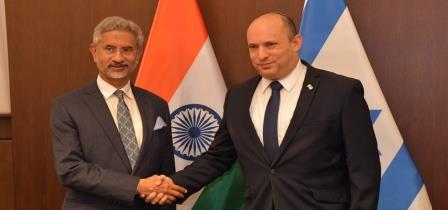
External Affairs Minister S. Jaishankar’s visit to Israel signifies the burgeoning Indo-Israel.....
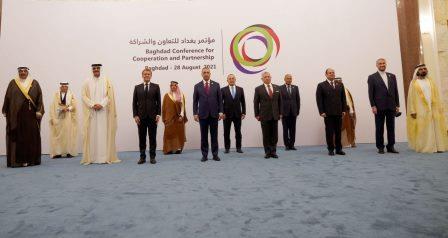
On 28 August 2021, Iraq hosted the first “Baghdad Conference for Cooperation and Partnership&r.....
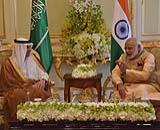
Recent developments in Afghanistan–the US military withdrawal and return of Taliban– has.....
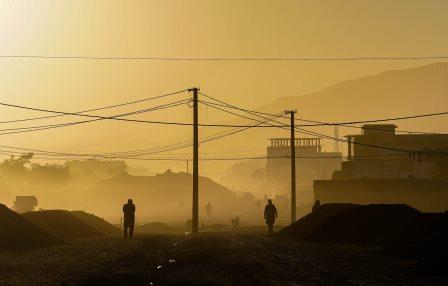
The Taliban takeover of Afghanistan has wider ramifications for the world. Among the key questions t.....
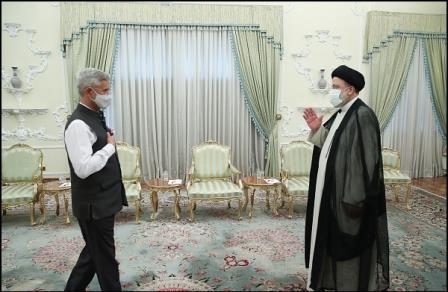
External Affairs Minister S. Jaishankar attended the swearing-in ceremony of the new Iranian preside.....
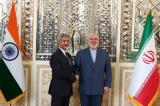
The revitalisation of ties with Iran will remain confined to the immediate issue of shared interests.....
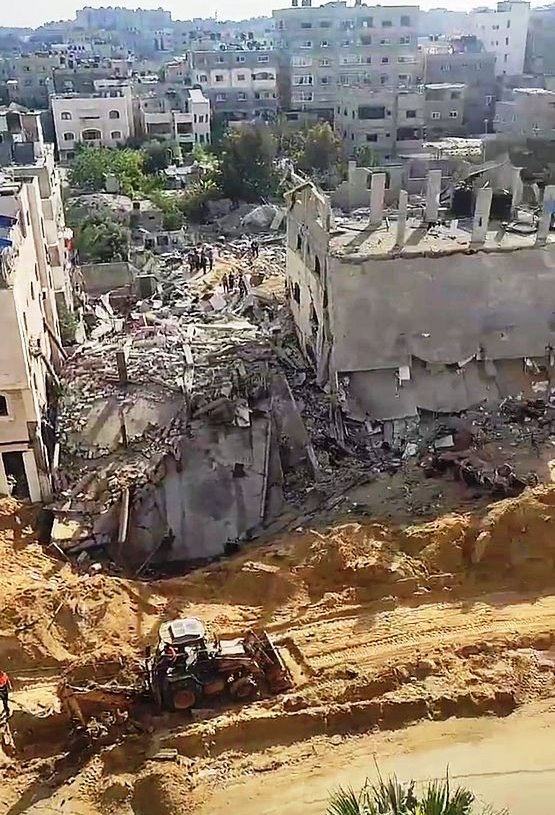
Israel and Hamas have engaged in fighting each other since 2006 when Hamas emerged victorious in the.....
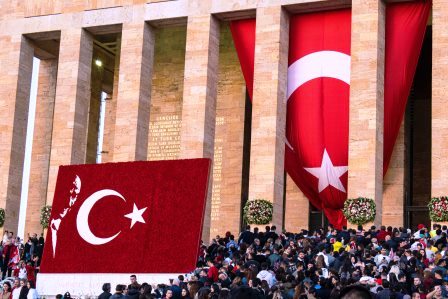
Tensions have gripped the Eastern Mediterranean (East Med) for the past few months owning to differe.....
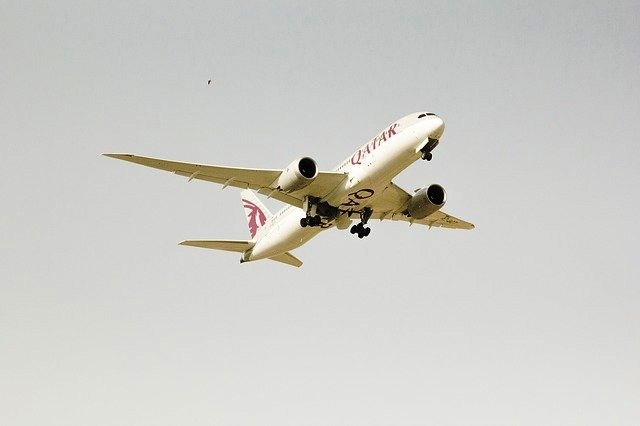
Qatar is an important country in the Gulf with which India has traditionally had strong bilateral ti.....
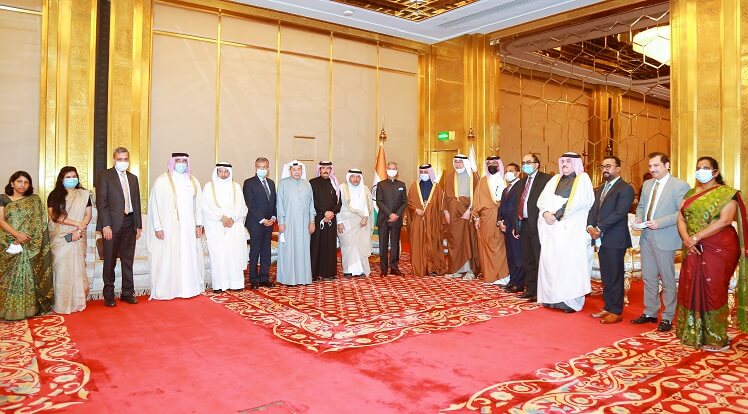
International geopolitical developments and the growing chances of friction between the global power.....
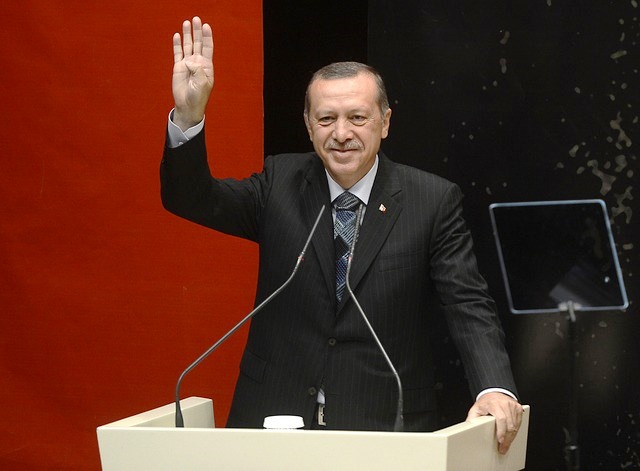
In recent years, Turkey’s foreign policy has attracted scrutiny because of its aggressive post.....
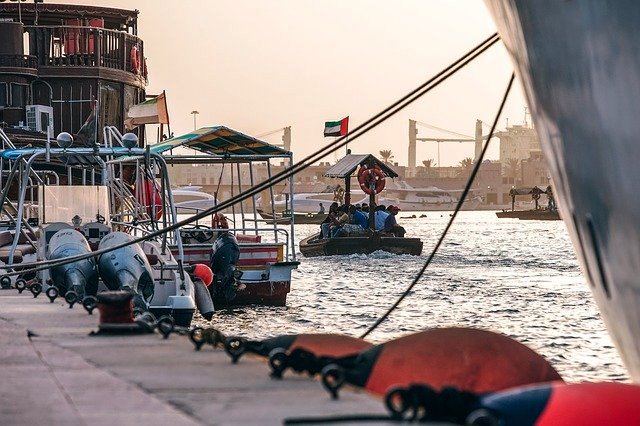
India and the United Arab Emirates share a vision for peace and prosperity. Under the leadership of .....
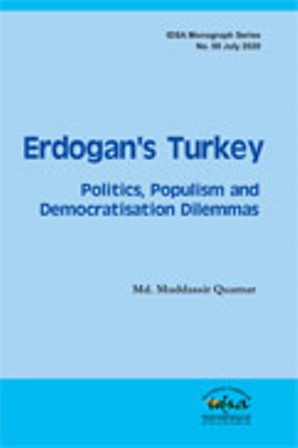
The coming to power of the AKP is one of the defining moments in the history of modern Turkey. Here .....

Though the news of China and Iran entering into US$400 billion agreement and Iran going ahead with C.....
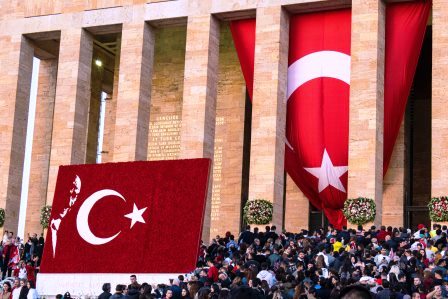
The results of country-wide municipal elections in Turkey held on 31 March 2019 threw a few surprise.....
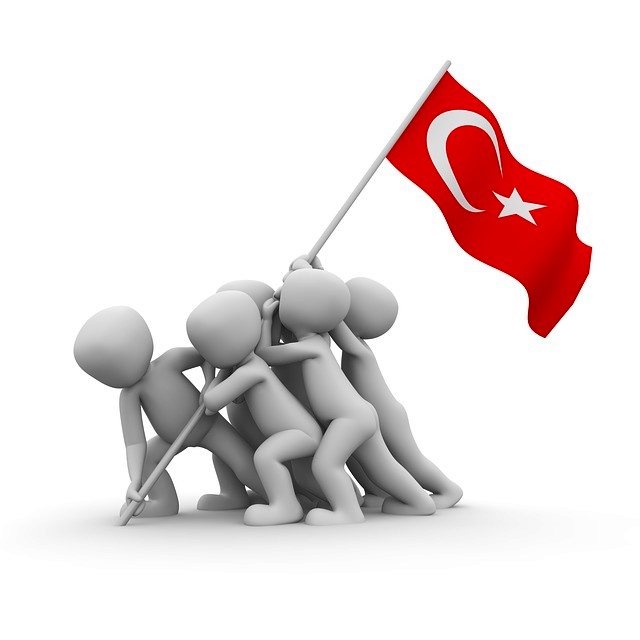
Like other parts of the world, West Asia (or the Middle East) too is hit hard by the spread of COVID.....
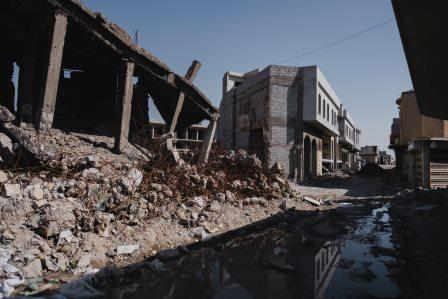
Iraq is suffering from internal divisions and external interventions for long. The problems of the p.....
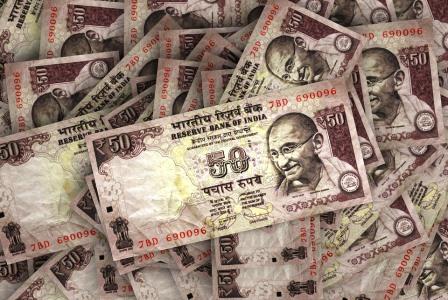
The West Asia is one of the most volatile and conflict-ridden regions in the world today. Given the .....
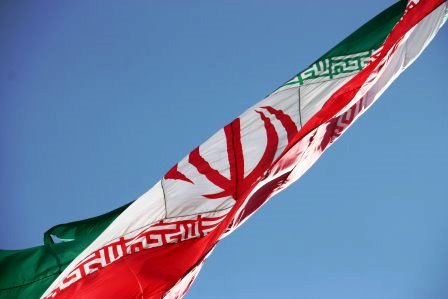
In the Persian Gulf, the New Year began with a bang. On January 3, the world woke up to the news of .....
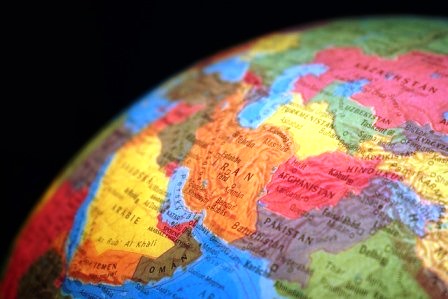
Major General Qassem Soleimani, commander of the elite Quds Force of the Iranian Revolutionary Guard.....
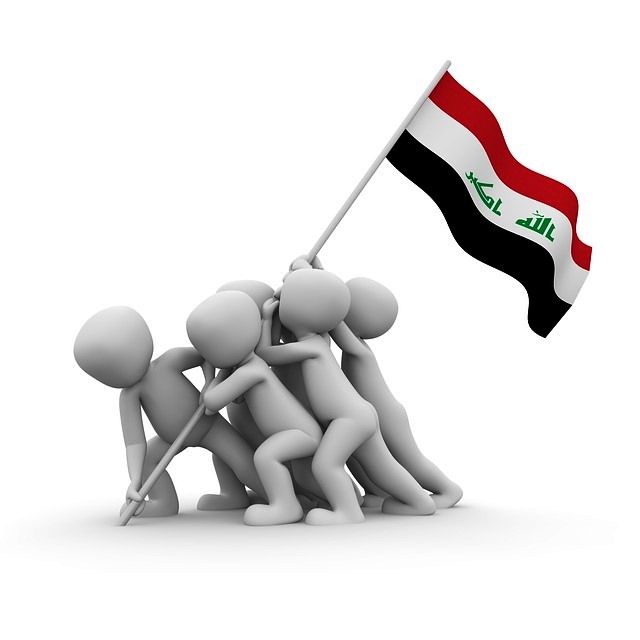
For over two months, youth in Iraq are protesting against corruption, unemployment and Iranian and A.....
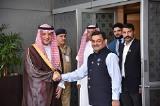
The historic relations between India and the Gulf countries have undergone a qualitative transformat.....
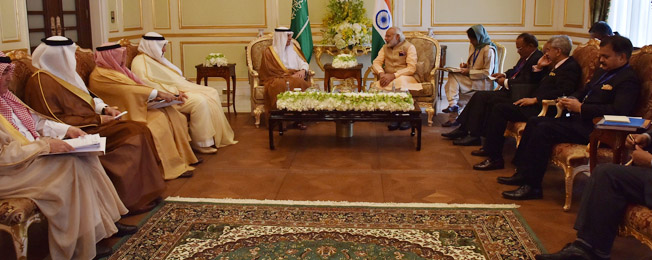
India and Saudi Arabia enjoy traditional friendly ties. Both are strategic partners and are working .....
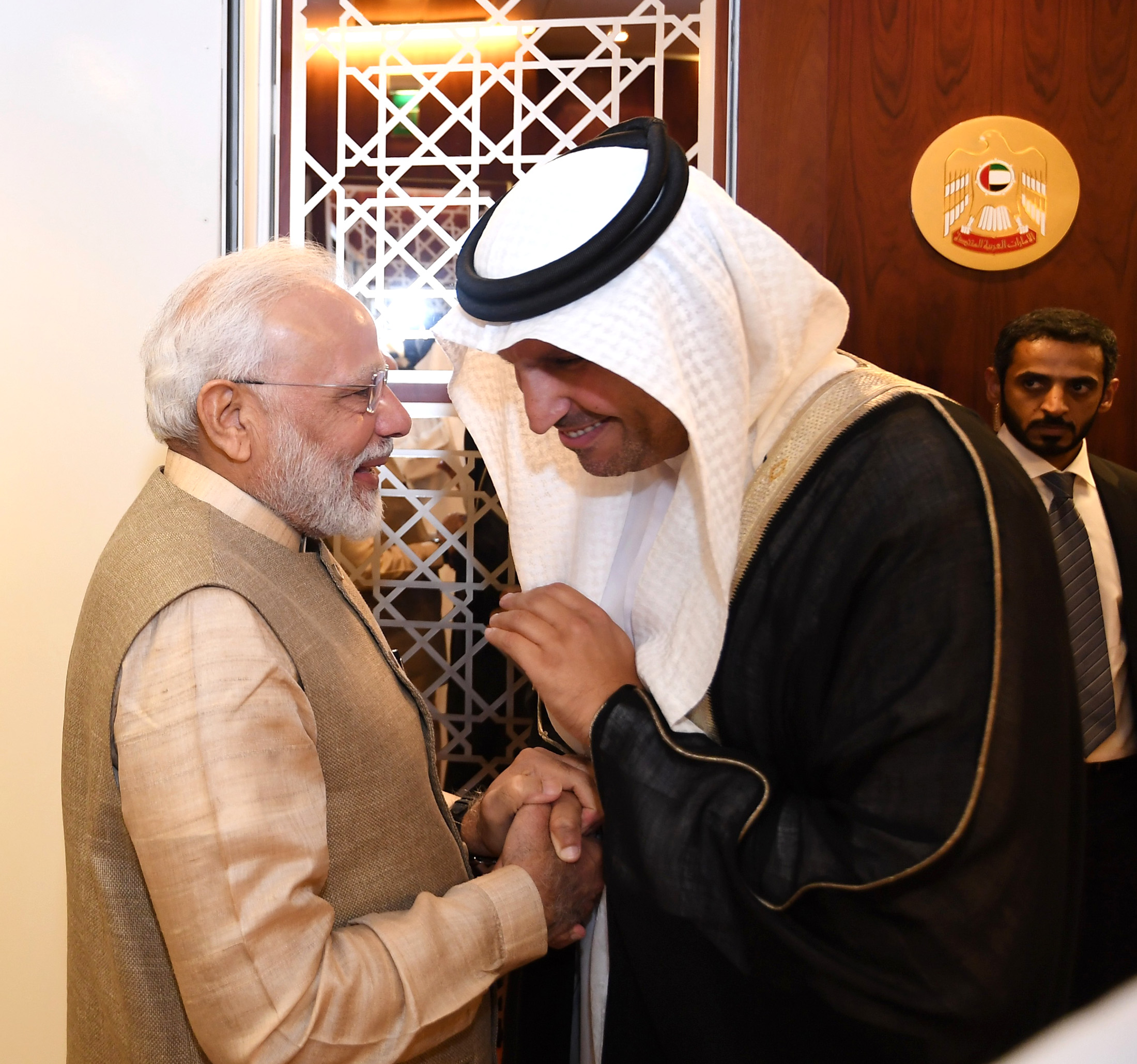
Prime Minister Narendra Modi undertook a visit to the UAE and Bahrain over the weekend. This was his.....
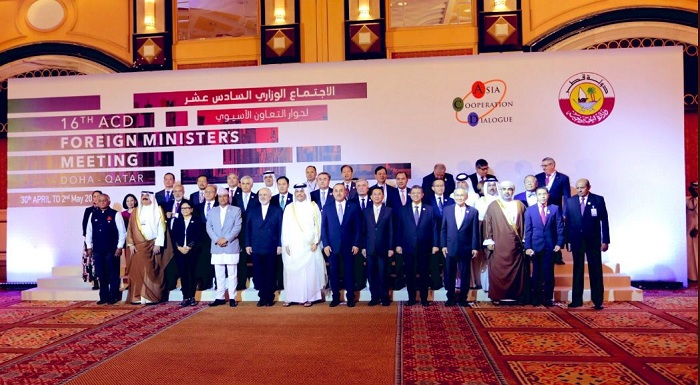
The 16th Ministerial meeting of the Asia Cooperation Dialogue (ACD) took place in Doha this week. Th.....
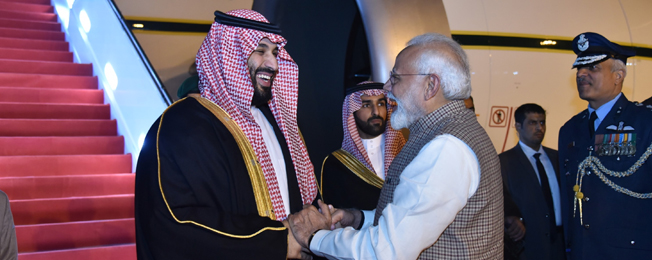
India’s relationship with the Gulf has witnessed a qualitative transformation since the A.....
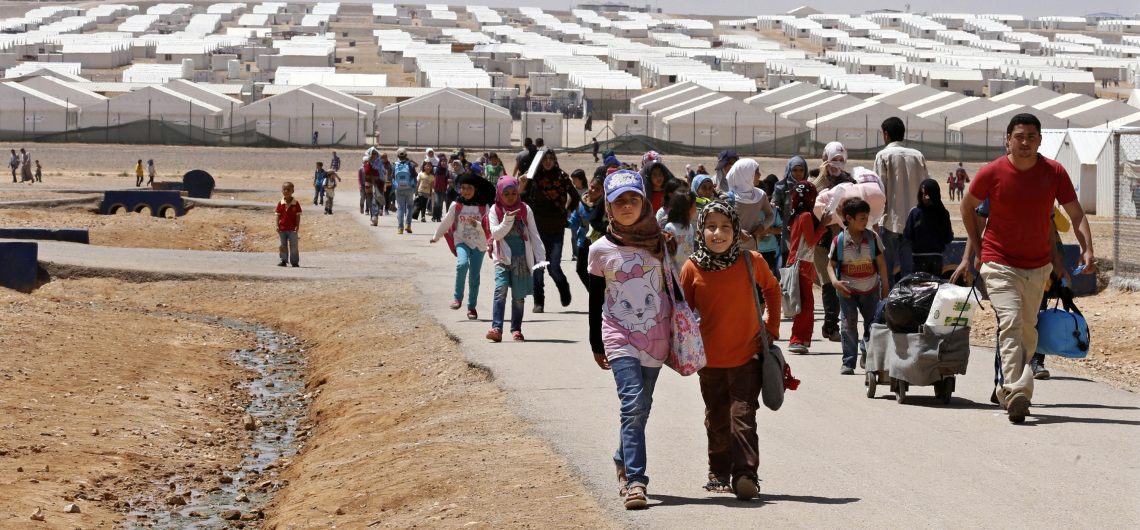
On March 24, 2019, the US-backed Syrian Democratic Forces (SDF) announced the capture of Baghouz, a .....
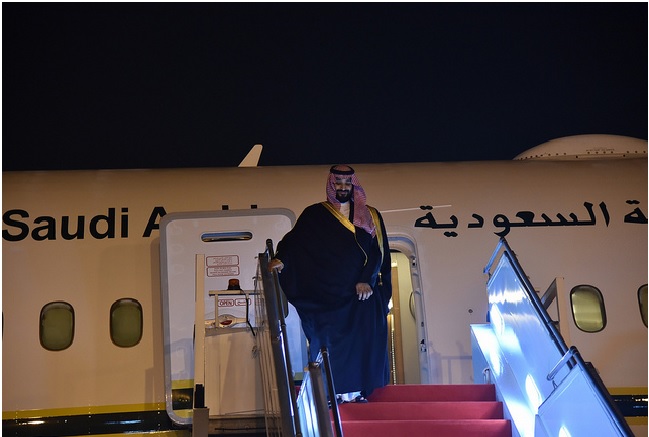
The visit of Saudi Minister of State for Foreign Affairs Adel al-Jubeir to New Delhi; close on the h.....
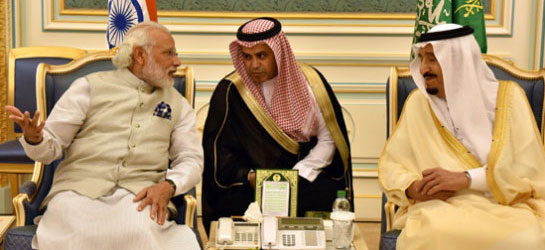
India and Saudi Arabia have increased defence and security cooperation in the fields of combating te.....
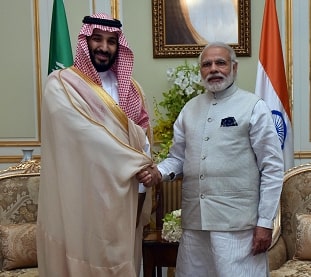
Economic and social reforms have emerged as the focus area in Saudi Arabia under the leadership of K.....
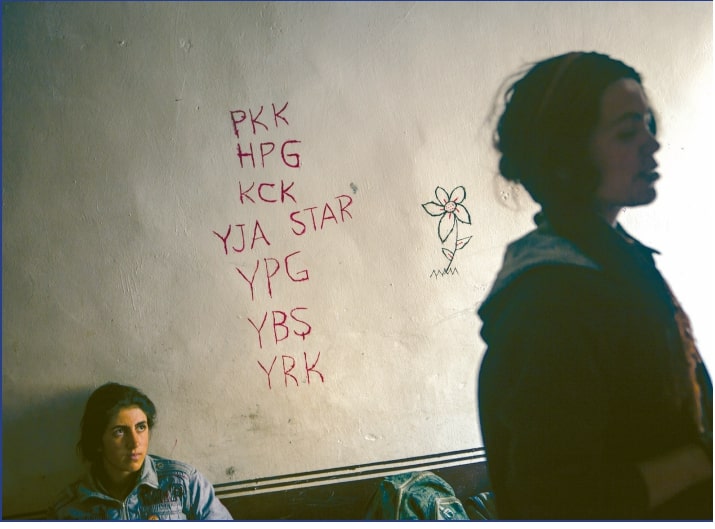
The US and Turkey are back on collision course over the Kurdish question in northern Syria. The late.....
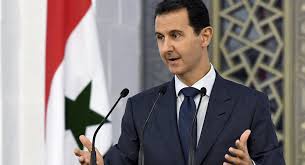
The Civil War in Syria has ravaged the country, took the life of nearly 500,000 people and has force.....

